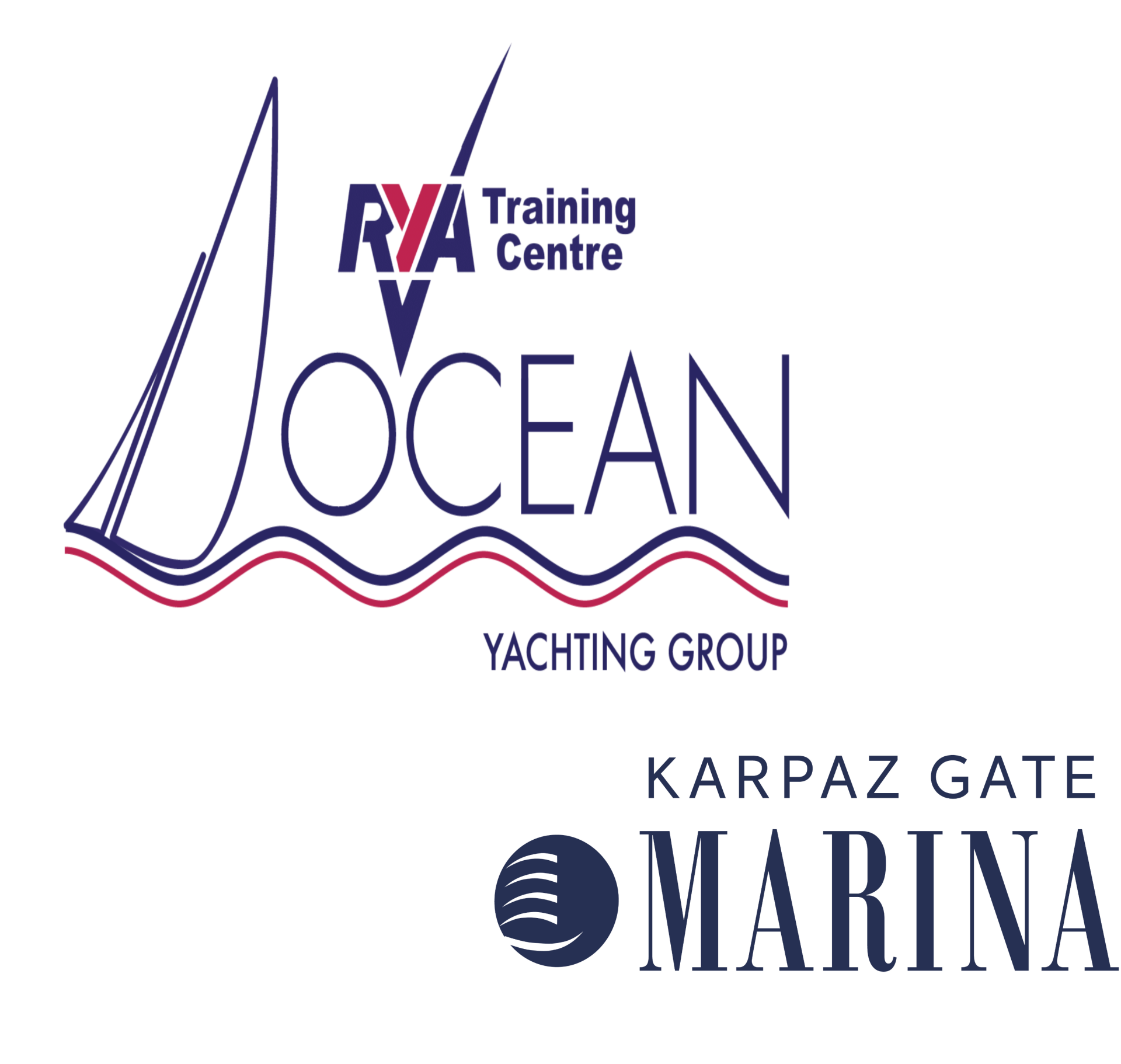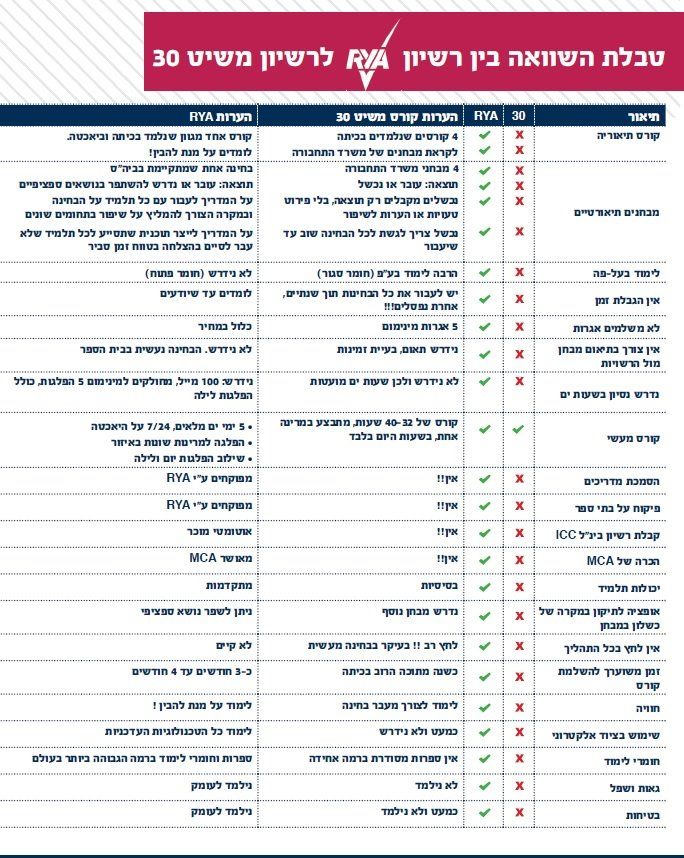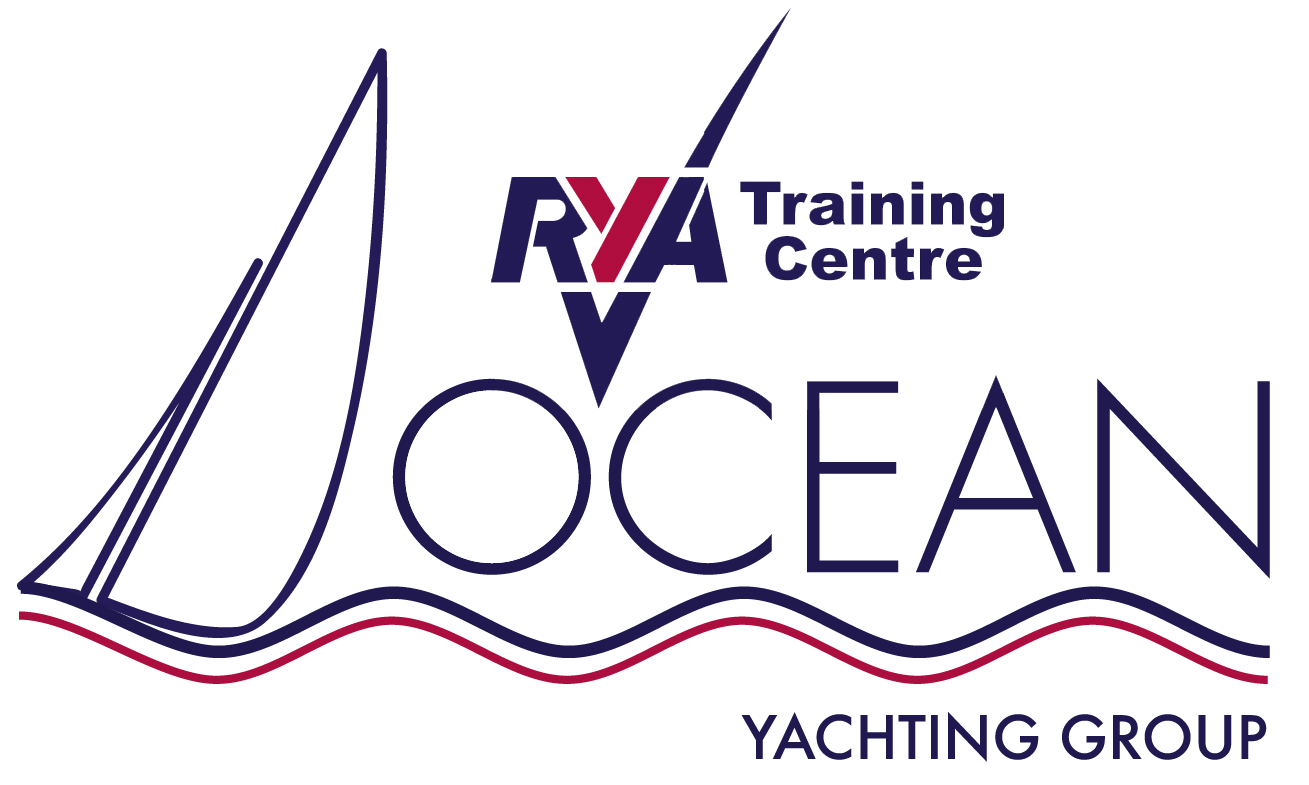RYA DAY SKIPPER, ICC, ISRAELI COASTAL SKIPPER (ALL IN ONE)
WHAT IS RYA DAY SKIPPER ?
A course for aspiring skippers with some yachting experience and basic navigation and sailing skills.
The RYA DAY SKIPPER Course is almost equivalent to the Israeli Coastal Skipper course, Main differentiation Much More participial and update theory then the Israeli course.
Learn to skipper a short passage with the instructor on hand to give advice and encouragement and ensure your safety. Experience being in charge, taking credit when it all goes well and being responsible when it doesn't.
DAY SKIPPER Course is divided to three parts:
- DAY SKIPPER THEORY about 40 hours + Exam.
- MILEAGE BUILD UP 100 miles over 5 days where practical techniques are learned.
- DAT SKIPPER PRACTICAL 5 days that will build up your skills as a skipper for coastal sails.
WHAT IS ICC ?
The ICC is a certificate which is intended to provide evidence of competence when requested by officials in foreign countries.
The ICC (or to give it its full title International Certificate for Operators of Pleasure Craft) is a certificate which is intended to provide evidence of competence when requested by officials in foreign countries. It is sometimes known as the International Certificate of Competence.
It is issued under the United Nations Economic Commission for Europe (UNECE) Inland Transport Committee Working Party on Inland Water Transport Resolution 40. It is this resolution which details how and to whom the ICC may be issued, the syllabus requirements, the layout of the certificate and it also lists the countries which have notified the UNECE Secretariat that they have accepted the resolution.
Every RYA DAY SKIPPERS, COASTAL SKIPPERS, and YACHTMASTER are eligible for an ICC Certification.
If inland certification is required the candidate will have to pass the CEVNI on line exam
RYA DAY SKIPPER TO ISRAELI COASTAL CONVERSION PROCESS
The Candidate have to take a 8-10 hours theory course that covers from day skipper to Israeli coastal skipper follow by one or four theory exams depending on the Israeli ministry of transpiration decision. Pleas follow our differentiation table
DATES
2800 Euro
Special Offer On book Now
40 hours
5 days
5 days
2 months
2800 Euro
Special Offer On book Now
40 hours
5 days
5 days
2 months
RYA THEORY ORAL\WRITTEN ELEMENTS
A comprehensive introduction to chart work, navigation, meteorology and the basics of seamanship for Competent Crew. You will find this course invaluable if you want to learn to start making decisions onboard.
1. Nautical terms
- Parts of a boat and hull
- General nautical terminology
2. Rope-work
- Knowledge of the properties of synthetic ropes in common use
3. Anchor-work
- Characteristics of different types of anchor
- Considerations to be taken into account when anchoring
4. Safety
- Knowledge of the safety equipment to be carried, its stowage and use.
- Fire precautions and fire fighting
- Use of personal safety equipment, harnesses and bluejacket.
- Ability to send a distress signal by VHF radiotelephone.
- Basic knowledge of rescue procedures including helicopter rescue
5. International Regulations for Preventing Collisions at Sea
- Steering and sailing rules (5,7,8,9,10 and 12-19)
- General rules (all other rules)
6. Definition of position, course and speed
- Latitude and longitude
- Knowledge of standard navigational terms
- True bearings and courses
- The knot
7. Navigational charts and publications
- Information shown on charts, chart symbols and representation of direction and distance
- Navigational publications in common use
- Chart correction
8. Navigational drawing instruments
- Use of parallel rulers, dividers and proprietary plotting instruments
9. Compass
- Application of variation
- Awareness of deviation and its causes
- Use of hand-bearing compass
10. Chart work
- Dead reckoning and estimated position including an awareness of leeway
- Techniques of visual fixing
- Satellite-derived positions
- Use of waypoints to fix position
- Course to steer
11. Tides and tidal streams
- Tidal definitions, levels and datum
- Tide tables
- Use of Admiralty method of determining tidal height at standard port and awareness of corrections for secondary ports
- Use of tidal diamonds and tidal stream atlases for chartwork
12. Visual aids to navigation
- Lighthouses and beacons, light characteristics
13. Meteorology
- Sources of broadcast meteorological information
- Knowledge of terms used in shipping forecasts, including the Beaufort scale, and their significance to small craft
- Basic knowledge of highs, lows and fronts
14. Passage planning
- Preparation of navigational plan for short coastal passages
- Meteorological considerations in planning short coastal passages
- Use of waypoints on passaged. Importance of confirmation of position by an independent source
- Keeping a navigational
15. Navigation in restricted visibility
- Precautions to be taken in, and limitations imposed by fog
16. Pilotage
- Use of transits, leading lines and clearing lines
- IALA system of buoyage for Region A\B
- Use of sailing directions
- Pilotage plans and harbor entry
17. Marine environment
- Responsibility for avoiding pollution and protecting the marine environment
RYA DAY SKIPPER PRACTICAL ELEMENTS (ALL CANDIDATES)
1.Preparation for sea
Knowledge of
- Basic stability and buoyancy for small vessels
Can
- Prepare a cruising vessel for sea, including engine checks, securing and stowage of all gear on deck and below
- Selection of sails
2. Deck work
Can
- Prepare an anchor, mooring warps and take charge on deck when mooring alongside, coming to a buoy, anchoring, weighing anchor and slipping from a buoy or an alongside berth
- Reef, shake out reefs and change sails to suit prevailing conditions
3. Navigation
Is proficient in chart work and routine navigational duties on passage including:
Knowledge of
- The uses and limitations of AIS
Understands
- Working up Dead Reckoning (DR) and Estimated Position (EP)
- Use of a lead line or similar
- How to work out a course to steer to allow for tidal stream, leeway and drift
Can
- Take and plot visual fixes
- Use electronic navigation equipment for position fixing
- Use secondary means of position fixing
- Estimate tidal streams and tidal heights
- Use of waypoints and routes
- Use knowledge of IALA Buoyage
- Maintain navigational records
- Use an echo sounder
4. Pilotage
Can
- Prepare and execute a pilotage plan for entry into, or departure from, harbor
- Use leading and clearing lines
- Use transits and soundings as aids to pilotage
5. Meteorology
Understands
- How to interpret shipping forecasts and use a barometer as a forecasting aid
Can
- Source forecast information
6. Rule of the Road
Can
- Demonstrate suitable awareness of other water users both at sea and in close-quarter maneuvering
- Demonstrate a practical understanding of the International Regulations for Preventing Collisions at Sea
7. Maintenance and repair work
Knowledge of
- The properties and uses of common synthetic fiber ropes
Understands
- Maintenance tasks and is able to carry them out
8. Engines
Has a working knowledge of the prevention of common engine faults and is competent in the following areas:
Understands
- The need for periodic maintenance checks on engines and electrical installations
- Requirements for tool kits, spares and lubricants
- The location of filters and bleed points for fuel
- The tension of drive belts and how to adjust or replace them.
Can
- Carry out checks before starting, while running and after stopping
- Clean water filters and knows the location of impellors
- Estimate fuel consumption at various speeds and knows the effects of fouling
- Basic troubleshooting
9. Victualling
Understands
- How to victual a cruising yacht appropriately for the planned passage
10. Emergency situations
Understands
- How to issue distress signals by all available means, including distress flares and a VHF radio in an emergency
- How to use a life raft
- How to secure a tow
- Rescue procedures including helicopter rescue
- The effects of cold water shock on a casualty in the water
- The aftercare requirements of a casualty who has been in the water
Can
- Carry out the correct action as skipper for the recovery of a man overboard
11. Handling under Power
Knowledge of
- Effects of waves on boat handling and crew comfort
Understands
- Differing styles of hull and propulsion systems
- How to moor and leave a bow/stern to mooring (practical experience where possible)
- How to identify and take into account wind and current conditions when planning and executing maneuvers (practical experience where possible)
Can
- Carry out the following maneuvers under power :
- Steer a straight course
- Turn in a confined space
- Anchor at a pre-determined position
- Berth alongside
- Leave an alongside berth
- Pick up a mooring buoy
12. Yacht handling under sail
Understands
- The characteristics of different types of keels
- How to identify and take into account wind and current conditions when planning and executing maneuvers and choosing appropriate sail plan (practical experience where possible)
Can
- Bring a boat safely to and from a mooring buoy
- Anchor
- Steer and trim sails effectively on all points of sailing
13. Passage making
Knowledge of
- Marina Locks
Understands
- The practical benefits and limitations of a chart plotter or GNSS (GPS)
Can
- Plan and make a coastal passage, taking account of relevant navigational hazards and limitations imposed by the type of boat and the strength of the crew
14. Night cruising
Knowledge of
- Has experience of sailing at night, including leaving and entering a harbor
Understands
- Special considerations for pilotage plans, keeping a lookout and identifying marks by night



